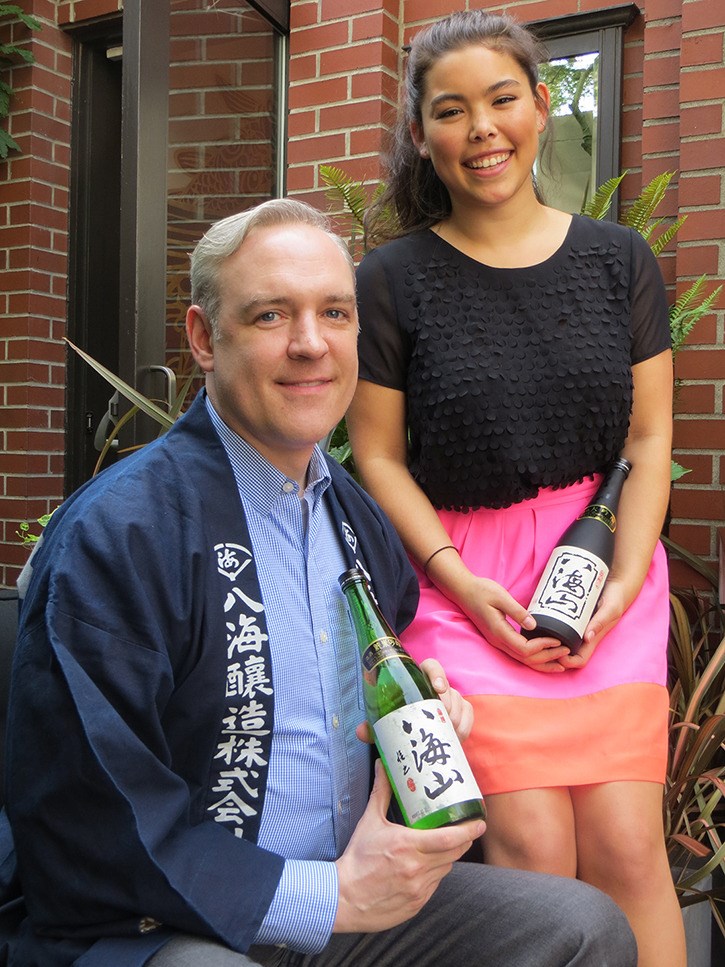Some peoples first taste of sake is their last. Theyre at an inexpensive sushi restaurant, order an inexpensive sake (which is warmed to smooth over its rough edges) and, surprise, are less than impressed by the taste.
But Sake Samurai Timothy Sullivan says its time to give sake another try. Theres a universe of diversity, he said at a recent sake tasting at Minami, co-hosted with the restaurants sake sommelier Miki Ellis, the worlds youngest certified sake professional.
At the root of the finest vintages of wine is the terroir. Since sake is made from polished rice, and rice grows anywhere, the concept of terroir when it comes to sake is more about local culture and cuisine, says Sullivan, the brand ambassador for Hakkaisan. But the quality of the sake rice is hugely important.
Think of a grain of sake rice like a hard-boiled egg, says Ellis. The centre of the rice, the yolk, is the starch and the outer layer contains the fat and protein. The starch in the rice is converted to sugar and when yeast and water are added, fermentation begins. With premium sakes, the grains outer layer is milled away, or polished by cascading it over stone. The more its milled down, the higher it will rate, Sullivan says.
The purity of the water is also extremely important, since minerals in the water affect the science behind the brewing.
Sullivan almost exclusively drinks sake with every meal. Its got a third of the acidity of wine, no tannins, no sulphates and is gluten free.
Its also less prone to give you a hangover. Ellis laughs when she quotes an old Japanese saying that you know its a good sake the next day.
Kampai!
Wine is naturally fermented by adding yeast to pressed grapes. Sake is not fermented by adding yeast to rice but by using koji, which converts the starch in rice to sugar. The rice begins fermenting once the yeast is added to this sugar. The Japan Sake Brewers Association
Ginjoshu: Uses white rice which has been milled so that 60 per cent or less of the grain remains. Also contains rice koji and water; may contain brewing alcohol. Fruity, somewhat floral bouquet. If rice is polished down to 50 per cent, its Dai-ginjoshu.
Junaishu: Made only from white rice, rice koji and water. Mellow bouquet; rich, smooth flavour.
Honjozoshu: Made using white rice which has been milled so that 70 per cent or less of the grain remains, along with rice koji, brewing alcohol and water. Known ofr its mild, unobtrusive bouqet and crisp flavour.
Futsushu: All other types of sake fall under this category.



